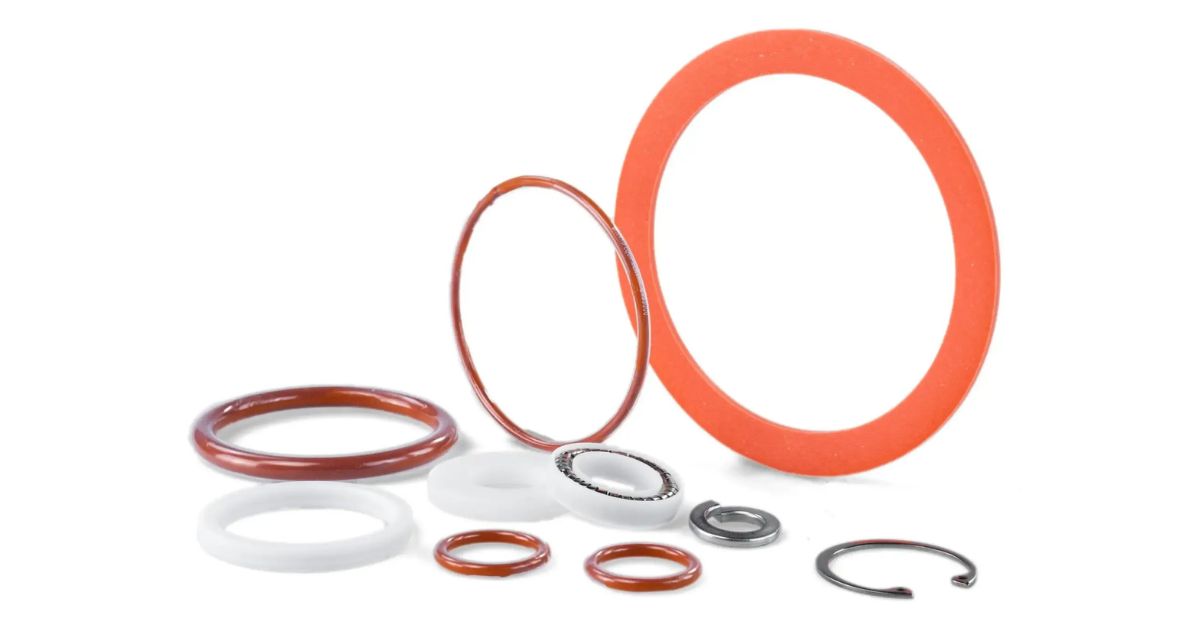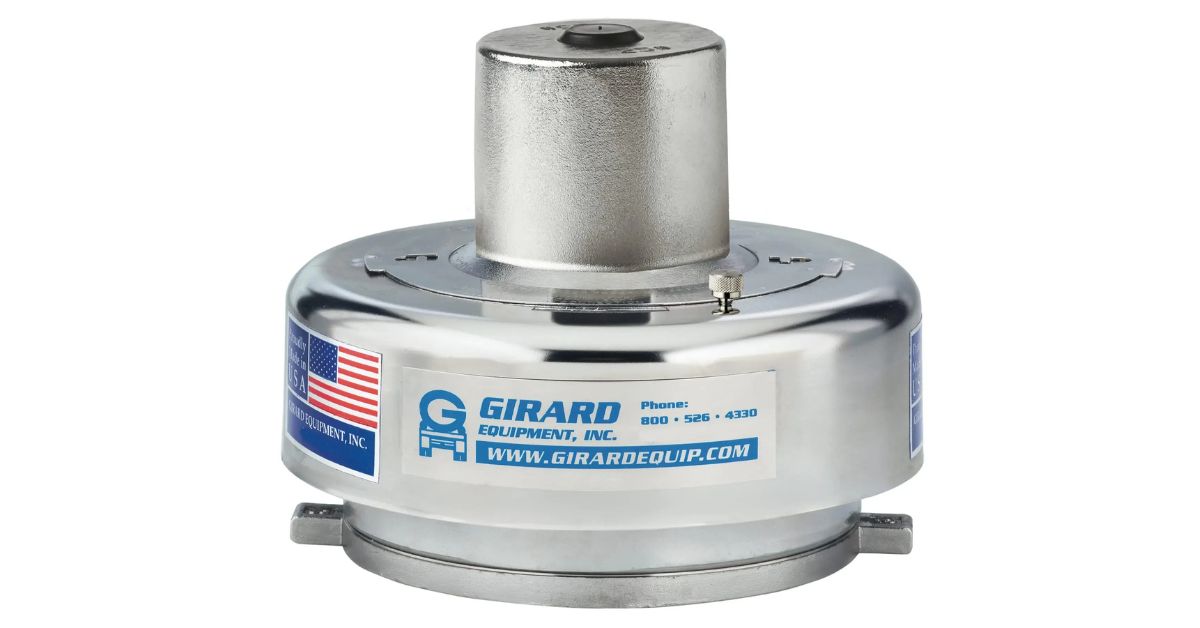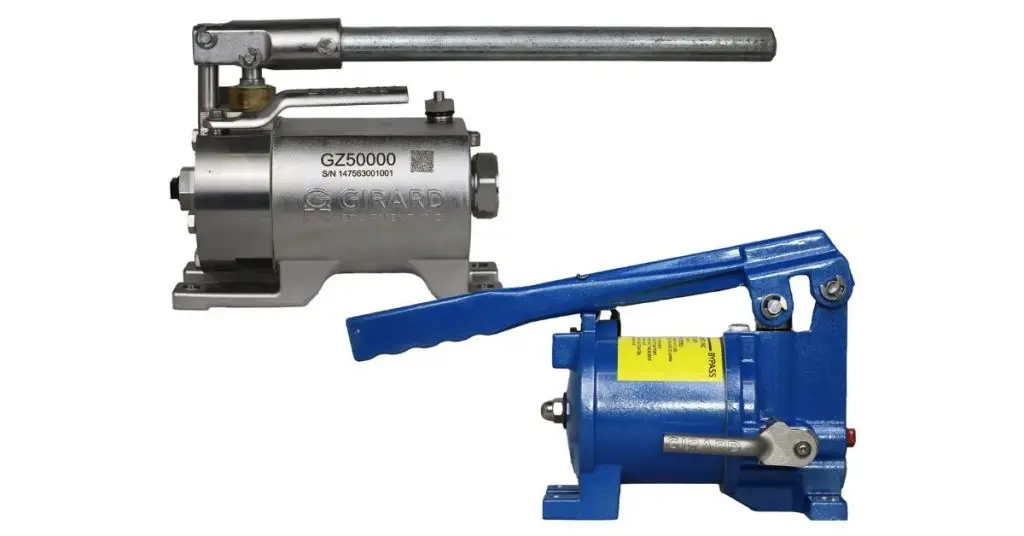Chemical tank trailers play a critical role in the transportation industry, ensuring the safe and efficient delivery of hazardous materials. However, with great responsibility comes a stringent set of regulatory standards designed to safeguard public safety, environmental health, and industry reliability.
Understanding and adhering to the Department of Transportation (DOT) regulations for chemical tank trailers is not just a legal obligation; it is a key factor in maintaining operational integrity and protecting your business. This guide explores everything you need to know about DOT regulations and compliance for chemical tank trailers.

The Importance of Regulations and Compliance
Regulatory compliance in chemical tank transportation is non-negotiable. The materials carried pose significant risks if mishandled, including environmental damage, public health hazards, and loss of essential services. DOT regulations establish a framework that ensures these materials are transported safely, minimizing risks to all stakeholders.
From the structural integrity of tankers to proper labeling and emergency protocols, compliance with these regulations serves several vital purposes:
- Protects public safety by preventing accidents and exposure to hazardous substances
- Reduces operational risks, including leaks, spills, and mechanical failures
- Demonstrates professionalism and reliability, enhancing customer trust and operational credibility
Failing to comply with these regulations can result in hefty fines, operational interruptions, and reputational damage.
Key Regulations To Know
To ensure compliance, operators of chemical tank trailers must familiarize themselves with several key regulations. These encompass areas such as tank specifications, inspection requirements, hazardous materials (HAZMAT) requirements, and staying up to date on regulatory changes. Below, we break these down.
DOT Specifications
DOT407 tank trailers are specifically engineered to transport hazardous materials safely. They must meet strict structural and performance standards, including:
- Pressure control: Tanks must handle internal pressures up to 25 psi while preventing leaks or ruptures.
- Corrosion resistance: Materials used in tank construction should resist the corrosive nature of the chemicals being transported.
- Weight and capacity limits: Tanks must adhere to federal weight laws and capacity guidelines to maintain roadworthiness.
The structural standards are designed to prevent catastrophic failures during transport, ensuring both safety and efficiency.
Inspection Requirements
Routine inspections are fundamental to maintaining the safety and compliance of chemical tank trailers. Key inspection requirements include:
- Leakage tests: Regular tests to identify and address potential leaks in the tank’s structure or connections.
- Pressure tests: Assessment of the tank’s integrity under operational pressures.
- Integrity inspections: Examination of tank surfaces, seals, and fittings to identify wear, corrosion, or damage that could compromise safety.
Complying with these periodic inspections ensures that your tank trailer remains in good working condition, reducing the risk of accidents and service interruptions.
HAZMAT Rules
Strict guidelines govern the transportation of hazardous materials. Compliance with HAZMAT regulations involves:
- Proper labeling: Ensure all tanks are labeled with the appropriate hazard warnings and identification codes.
- Securement protocols: Materials must be securely contained to prevent shifting or leaks during transit.
- Emergency preparedness: Operators must have appropriate emergency response protocols and equipment to ensure readiness in mitigating spills or accidents.
Every measure prescribed under HAZMAT rules is designed to address the unique risks associated with these materials, protecting both the environment and public health.
Stay Informed
Regulations are not static. New technologies, safety concerns, and environmental priorities necessitate frequent updates, prompting operators and fleet managers to stay informed.
- Monitor updates: Follow regulatory bodies like the DOT, NTTC (National Tank Truck Carriers), and TMC (Technology & Maintenance Council) to stay updated on changes.
- Training programs: Participate in industry training and webinars to understand how new guidelines may impact operations.
- Subscribe to industry news: Regular updates from trade publications and online resources can help ensure your compliance strategy evolves in tandem with the regulations.
Being proactive in staying informed allows you to anticipate changes and maintain compliance without disruption.
Best Practices for Compliance
Successfully navigating the world of DOT regulations requires more than familiarity with the rules. Implementing best practices ensures comprehensive compliance while improving operational efficiency and reliability.
Documentation
Meticulous record-keeping is one of the cornerstones of regulatory compliance. Essential documentation includes:
- Maintenance logs: Records of all repairs, inspections, and routine servicing.
- Inspection reports: Detailed verification of tests for leakage, pressure, and general tank integrity.
- HAZMAT certifications: Documentation of compliance with hazardous material handling protocols.
Having organized, accessible documentation proves your adherence to regulations and simplifies audits or inspections.
Preventative Maintenance
Preventative maintenance not only ensures compliance but also extends the lifespan of your equipment. Key components to prioritize include:
- Pressure relief vents: Regularly check and maintain these components to prevent pressure-related accidents.
- Magnetic vacuum breakers: Ensure these are functioning correctly to avoid tank collapse or contamination.
- Domelid gaskets: Inspect for wear and replace as needed to maintain a secure seal.
- Vapor recovery systems: Test to ensure they meet environmental standards during loading or unloading.
A proactive approach to maintenance minimizes downtime and reduces the likelihood of costly repairs or compliance violations.

Use the Right Equipment
High-quality, durable equipment is your best defense against non-compliance. Girard Equipment manufactures industry-leading components that meet or exceed DOT standards, including:
- Pressure relief vents: Designed to manage internal tank pressure safely.
- Magnetic vacuum breakers: Engineered to prevent damage and maintain product integrity.
- Vapor recovery systems: Built to ensure compliance with environmental requirements.
These components undergo rigorous testing to deliver reliable performance, keeping your operations both safe and efficient.
Why Girard Equipment?
Reliability. Innovation. Service. Since 1952, Girard Equipment has set the industry standard for high-quality tanker trailer components. Our reputation is built on:
- Proven reliability: Decades of performance-driven results that exceed customer expectations.
- Industry innovation: Constant evolution to meet new regulatory and operational challenges.
- Customer-focused service: Support that prioritizes your operational success.
Whether you’re meeting current DOT regulations or preparing for tomorrow’s changes, Girard Equipment is a trusted partner every step of the way.
What’s Ahead for the Industry
The transportation of hazardous materials is evolving. Future regulatory focus areas include:
- Tighter emissions standards: Aiming to reduce environmental impact further.
- Smart monitoring systems: Real-time tracking to ensure safe, compliant operations.
- Cybersecure fleet management: Mitigating risks associated with digital vulnerabilities.
Girard Equipment remains committed to supporting operators through these changes, providing components and solutions designed to exceed future regulatory demands.
Equip Your Team for Compliance Success
DOT regulations for chemical tank trailers are complex but critical to ensuring safety, efficiency, and credibility in the transportation industry. By understanding these regulations, prioritizing best practices, and investing in high-quality equipment, operators can set themselves up for long-term success.
For state-of-the-art components that you can depend on, explore Girard Equipment’s industry-leading tanker trailer parts. Trust decades of expertise to help keep your operations compliant and efficient.

